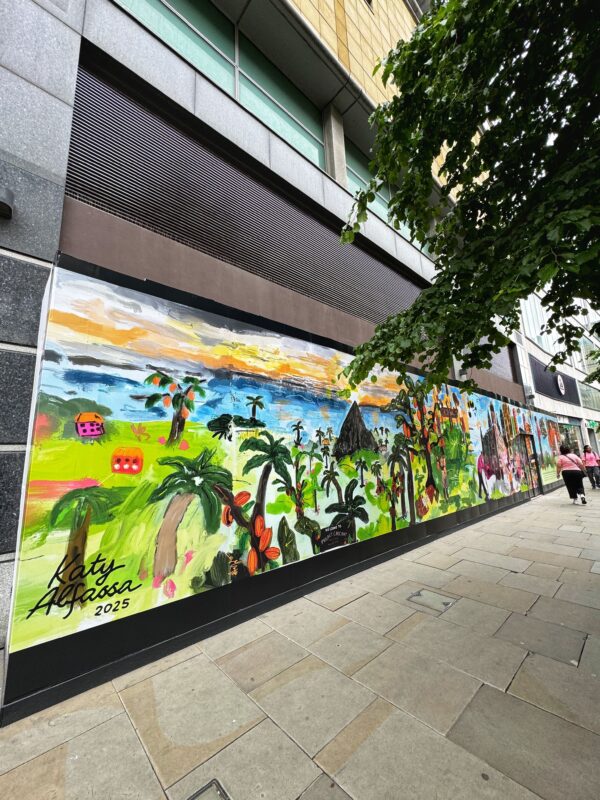Sport
The right cycling clothing – defy wind and weather!

Summer is finally here, and as we all know that could mean anything from sunny 25°C to rainy and windy 10°C.
During the summertime most people try to spend their time outside with their families, to have BBQs, to have a pint in the beer garden or set out to explore the beautiful English landscape by bike or foot. But whatever you’re planning on doing, preparation is key. When it comes to the subject of clothing for cycling it is really not as trivial as it seems. This is particularly noticeable when the temperatures fluctuate significantly (so at any time of the year really). There are a few things to consider, which we will explain exactly in this article.
Personal comfort counts
First of all, of course, it is important that the clothing is tailored to you and your body. If you sweat heavily, it doesn’t do you any good to throw on an inexpensive rain jacket. Are you freezing easily? Then there is probably no way around thick cycling shorts and thermal shoes. Finding the right recipe is not that easy and experience has shown that you have to try a little bit to see what works best for you in which weather.
The head: pay attention to fit and ventilation
Let’s start at the top: our head is naturally covered by a helmet when cycling. In summer you can make sure that the ventilation openings are as large as possible so that no heat builds up, especially when it is hot. If it gets colder, you should make sure to keep your head warm. A thin headband can be the right choice, but if the temperatures continue to drop, you should use an under-helmet cap. These have the advantage that they are flat and therefore take up little space under the helmet.
Also, make sure to always protect your eyes with glasses and your skin with sun protection.
The upper body: the material makes it
For the upper body, the onion principle is required, which can fully develop its advantages especially in cold temperatures. An insulating long-sleeved undershirt, for example made of merino wool, provides warmth, while a wind and waterproof jacket prevents you from cooling down due to the wind, rain or snow. In rougher weather conditions it is also absolutely necessary to make yourself visible to others. Additionally to light sources on your bike, you should also consider wearing a high visibility vest to be seen by other in the fog or rain.
At the end of the arms there are two extremities that require special attention: the hands. We use them to steer the bike, but otherwise hardly move them. Especially when it’s cold, they cool down quickly and when it is hot, they might get sunburned. That can quickly become uncomfortable. To be on the safe side, take a wind- and waterproof variant with lining, with enough grip and padding.
The feet: the right choice of shoes
The choice of shoes is not too difficult and depends primarily on the type of bike:
Road bike shoes for example are light and stiff to allow efficient power transmission, while mountain bike shoes have a more flexible sole. Socks can also make a not insignificant contribution to well-being on the bike, because if they don’t sit properly, blisters and pressure points can occur. Therefore, they should sit very close to the foot and, if possible, not slip.













